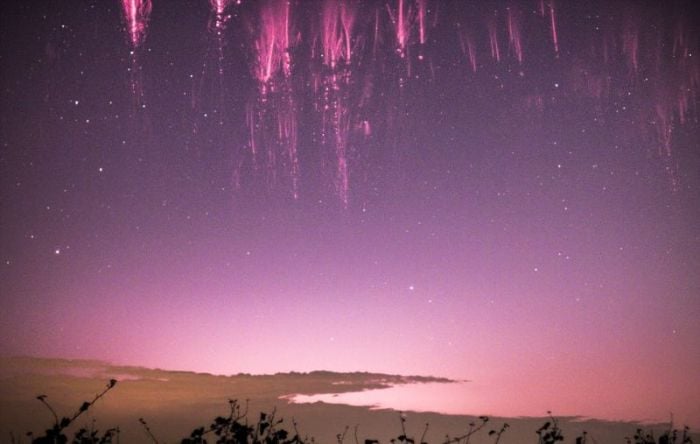Skywatchers across the world are in for a rare celestial treat. Starting January 20 this year and all through to February 20, five naked-eye planets: Mercury, Venus, Saturn, Mars, and Jupiter will align once again. This alignment is made complete when the elusive Mercury (the ‘wandering star’) makes its appearance in the sky. The last time this happened was in 2005. For those who want to see the wonderful sight, the best time to look up at the sky is pre-dawn that is, an hour or so before sunrise. It will help to look for Venus first, as it is the brightest planet, and will help trace the diagonal row of all the five planets. Astronomers say that the best time to see this alignment from both Northern and Southern Hemispheres will be sometime in the first week of February. As Mercury gets a little away from the Sun, we will get a clearer look at it. The astronomers call this phenomenon, ‘the greatest Western elongation’ when Mercury is the furthest from the Sun in the pre-dawn sky. With a clear naked-eye view of Mercury, the visual alignment is complete. Through telescopes or binoculars, we can even see Jupiter’s moons, Mercury’s gibbous form, Mars’ rusty red color and if we are really lucky, Saturn’s rings. This phenomenon is set to return in August later this year. At that time Mercury and Venus, then lower in the sky, will not be easily visible.Unlike many other planets which “self-heal” through natural geological processes, the surface of Mercury is covered in craters. These are caused by numerous encounters with asteroids and comets. Most Mercurian craters are named after famous writers and artists. Any crater larger than 250 kilometers in diameter is referred to as a Basin. The Caloris Basin is the largest impact crater on Mercury covering approximately 1,550 km in diameter and was discovered in 1974 by the Mariner 10 probe. Mercury has just 38% the gravity of Earth, this is too little to hold on to what atmosphere it has which is blown away by solar winds. However, while gases escape into space they are constantly being replenished at the same time by the same solar winds, radioactive decay, and dust caused by micrometeorites. Owing to its proximity to the Sun, Mercury is a difficult planet to visit. During 1974 and 1975 Mariner 10 flew by Mercury three times, during this time they mapped just under half of the planet’s surface. On August 3rd, 2004, the Messenger probe was launched from Cape Canaveral Air Force Station, this was the first spacecraft to visit since the mid-1970’s. In recent years scientists from NASA have come to believe the solid iron core of Mercury could, in fact, be molten. Normally the core of smaller planets cools rapidly, but after extensive research, the results were not in line with those expected from a solid core. Scientists now believe the core to contain a lighter element such as sulfur, which would lower the melting temperature of the core material. It is estimated Mercury’s core makes up 42% of its volume, while the Earth’s core makes up 17%. As the iron core of the planet cooled and contracted, the surface of the planet became wrinkled. A scientist has named these wrinkles, Lobate Scarps. These Scarps can be up to a mile high and hundreds of miles long. So the best time to catch the alignment at its best is from January 20 to February 20 this year. It is a celestial phenomenon that happens only once in a decade, hence the sky watchers will have to wait for a long time for the five-planet alignment to return to the pre-dawn sky.
A fascinating celestial phenomenon
Sunday, January 31, 2016 1:09:27 AM America/New_York

Back to blog





